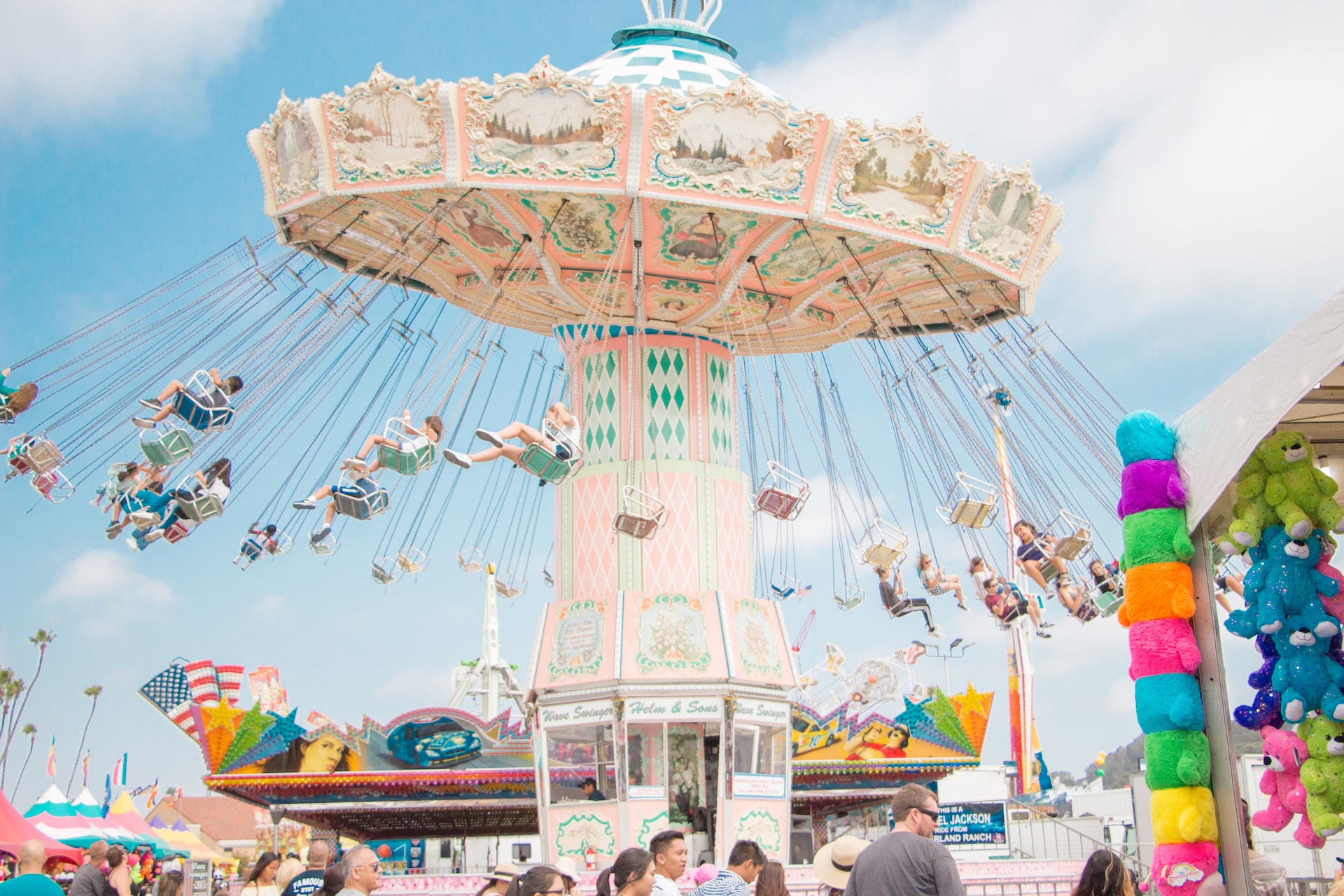Planning any event has its own challenges – particularly when it comes to events that would have a hundred or so participants or an event open to the public!
It’s true that the more spectacular the event, the more effort it takes to plan it. But these events are also the most rewarding and fulfilling – not everyone can accomplish such a gargantuan task, after all. But if you are wondering what it takes to plan – and execute – such a big event, wonder no more. Here are some excellent tips from the experts on how you can easily plan a fairground or carnival event.

1. Know your attendees. It is the first thing you must remember– your audience’s preferences and likes will dictate what attractions and rides you should have. Although it’s fair to say that a carnival or fairground is meant for everyone, an event for high school, for example, would require more ‘adult’ thrills and a more exciting theme than an event for kindergarteners.
2. While it is true that you must plan for your primary audience, you must also have something for everyone. So how can you plan something for everyone? Perhaps you can divide your audience into different age groups – say, teens, for instance, but also young adults and mature adults. It pays to have a fairground with many games and attractions for everyone, including prizes for each age group. Don’t forget the concession stalls and booths, and include a silent auction and a small shop selling items with your company brand or logo.
3. Plan your booths wisely. You should also pay attention to the planning of your booths – don’t just leave it to the discretion of your funfair hire Although they may have some good ideas, play an active role in how your booths are decorated – and do the booths follow your event’s theme? Consider how your booths and stalls will look both in the daytime and the evening, and think carefully about the game’s playability and how appropriate the prizes are. And here’s another tip: make sure you try and test the fairground games and toys first before putting them on display!

4. If you can, try getting the involvement of your entire community. You can invite several organisations in your community, for instance, or invite college clubs or groups to participate. It allows you to extend your reach and widen the number of attendees – and these groups and organisations can even add more attractions and entertainment to your event.
5. Have a plan B. It always works to have a backup plan in case something goes wrong. It could rain, for instance. So plan for any emergencies accordingly and get a backup. Also, when your event is open to all, be aware of any restrictions or limitations in your city or local council.
6. Advertise and promote your event. We’re not just talking about the usual posters, flyers, or banners – we’re also talking about social media. Local restaurants, pubs, or businesses would probably be happy to put up your event signage.
7. If you are hosting your event and giving some proceeds to charity, don’t forget to advertise and announce it. It will do your company or organisation good and make people aware of the charity they are donating to.
Images via unsplash














